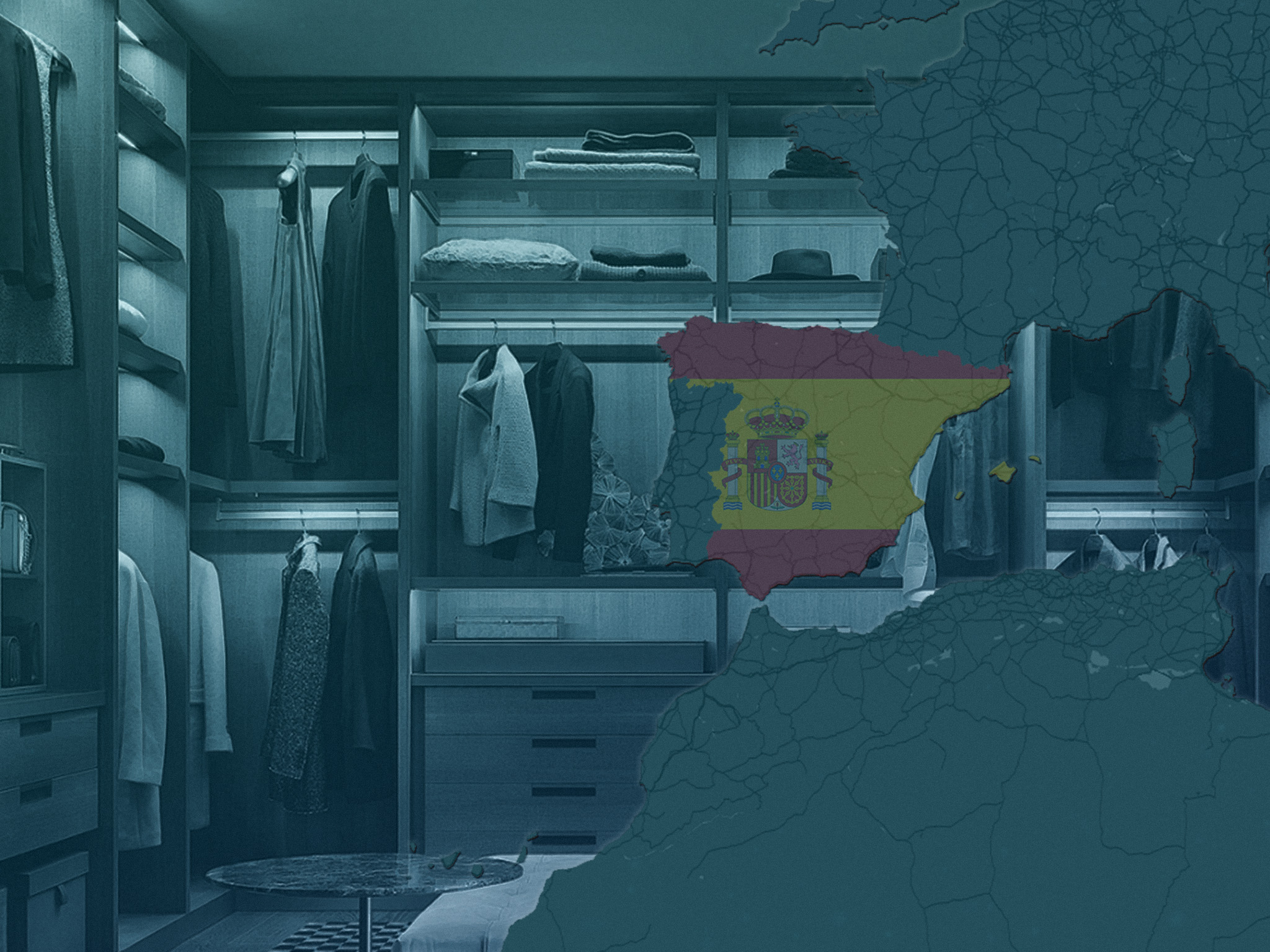Spain’s retail jewel Zara (CBOE:ITX) may be fast fashion, but its long term strategy is paying dividends

Inditex (CBOE:ITX), the Spanish fast fashion heavyweight best known for its signature Zara brand that operates in 213 markets around the world, is continuing to prove that it pays to invest in quality and innovation.
The company’s shares shot to an all time high last week after it reported record sales and profit last year despite global supply chain and shipping issues that have rocketed the industry. They’re up 62% over the past year, outperforming big tech firms including Microsoft, Google and Apple. The company also pays a hefty dividend, making it a rare, recent combination of both a growth and value stock.
There could be even more upside, with the company saying that its latest collections have been “very well received by our customers.” Sales between February 1 and March 11 increased 11% over the same period last year, and the company also noted falling inventory, which suggests new designs are quickly flying off shelves.
Inditex CEO Óscar García Maceiras highlighted the company’s unique ability to adjust to changing situations in the company’s latest annual report, stating that uncertainty had become “the almost permanent status quo.”
“Our strong corporate culture, the hallmarks of which include careful decision making, committed professionals, being nimble and thinking outside the box, sets us apart and gives us an edge in these times,” he said, noting that net profit in 2023 rose 30% from the previous year. “These are very good results. But we know that the future is not a given. Our spirit is restless and requires us to constantly think outside the box.”
Indeed, the company doesn’t plan to rest on its laurels and is planning to invest 900 million euros per year in 2024 and 2025 to expand logistics capacity. It’s also planning capital expenditures totaling 1.8 billion euros this year to invest in “the optimisation of our commercial space, its technological integration and the improvement of our online platforms.”
Many Zara competitors, meanwhile, aren’t doing as great. H&M, the Swedish retailer often seen as a similar play in the fast fashion industry, has seen shares fall nearly 20% over the past year amid sluggish sales.
So what sets Zara apart? It’s the same plan company leaders have been very public about since its founding in 1975. Besides embracing smart logistics such as the use of RFID tags on every garment that allow for instant inventory management, the company prioritizes proximity to its headquarters, manufacturing most of its items in Spain, Portugal, Turkey and Morocco. That pales in comparison to what’s standard in the industry, with factories typically scattered much further away in China, India, Bangladesh and Vietnam. Besides giving Inditex greater control over its supply chain, it also means the company can get an item from the designer’s desk to stores in a matter of weeks instead of months. That’s a competitive advantage that allows the company to quickly respond to emerging trends. It’s no accident that Zara stores often look fresher than its competitors, with new merchandise arriving frequently.
Retail is a tough game, and companies have to deal with everything from keeping up with fickle fashion trends, rising rents for prime real estate and global manufacturing supply chains that can go awry because of pandemics or political unrest. The hottest designs won’t be of any use if they’re stuck in the Suez Canal. It’s a rare company that can consistently manage all those competing forces and deliver year after year.
Inditex’s success shouldn’t come as a surprise. Its strategy has been well documented, and the company is a darling of business school professors who are known to have their students study the unique supply chain, distribution and technology efforts that leapfrogged the company over rivals and made its founder, Amancio Ortega, one of the richest people in the world.
Inditex professes what it says is a simple philosophy of creating “a truly elevated experience for all,” stating that its “integrated value chain allows us to react to real events and new insights nimbly and efficiently. And we do—whether that means an instant pivot in the face of the unforeseen or the little improvements we make every single day.”
Those are more than empty words. Inditex has time and time again proved the value of picking a quality plan and sticking to it. The real question is not how this strategy will play out in the future, but why more competitors have not worked harder to emulate it. They’ve certainly had time.
